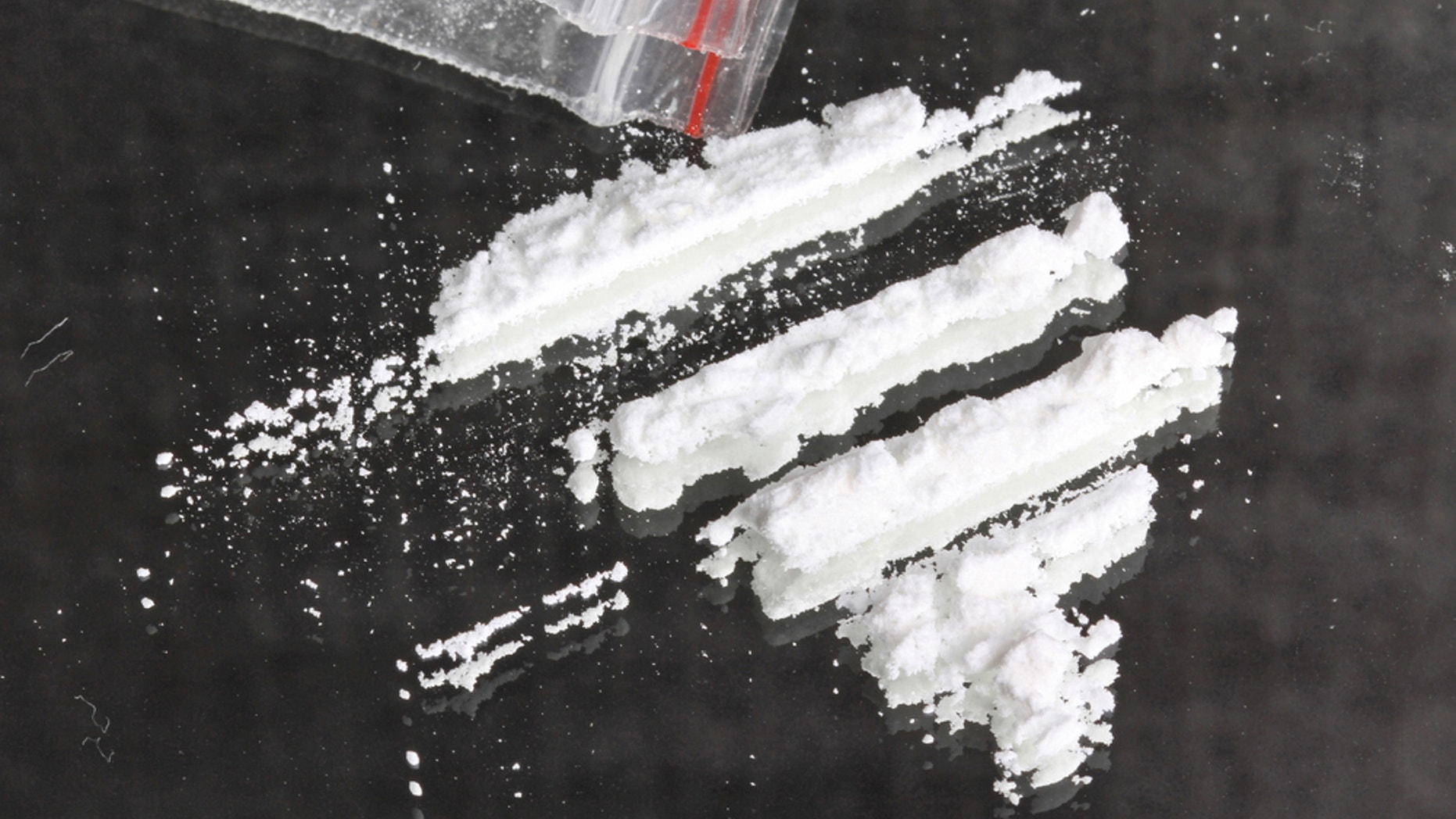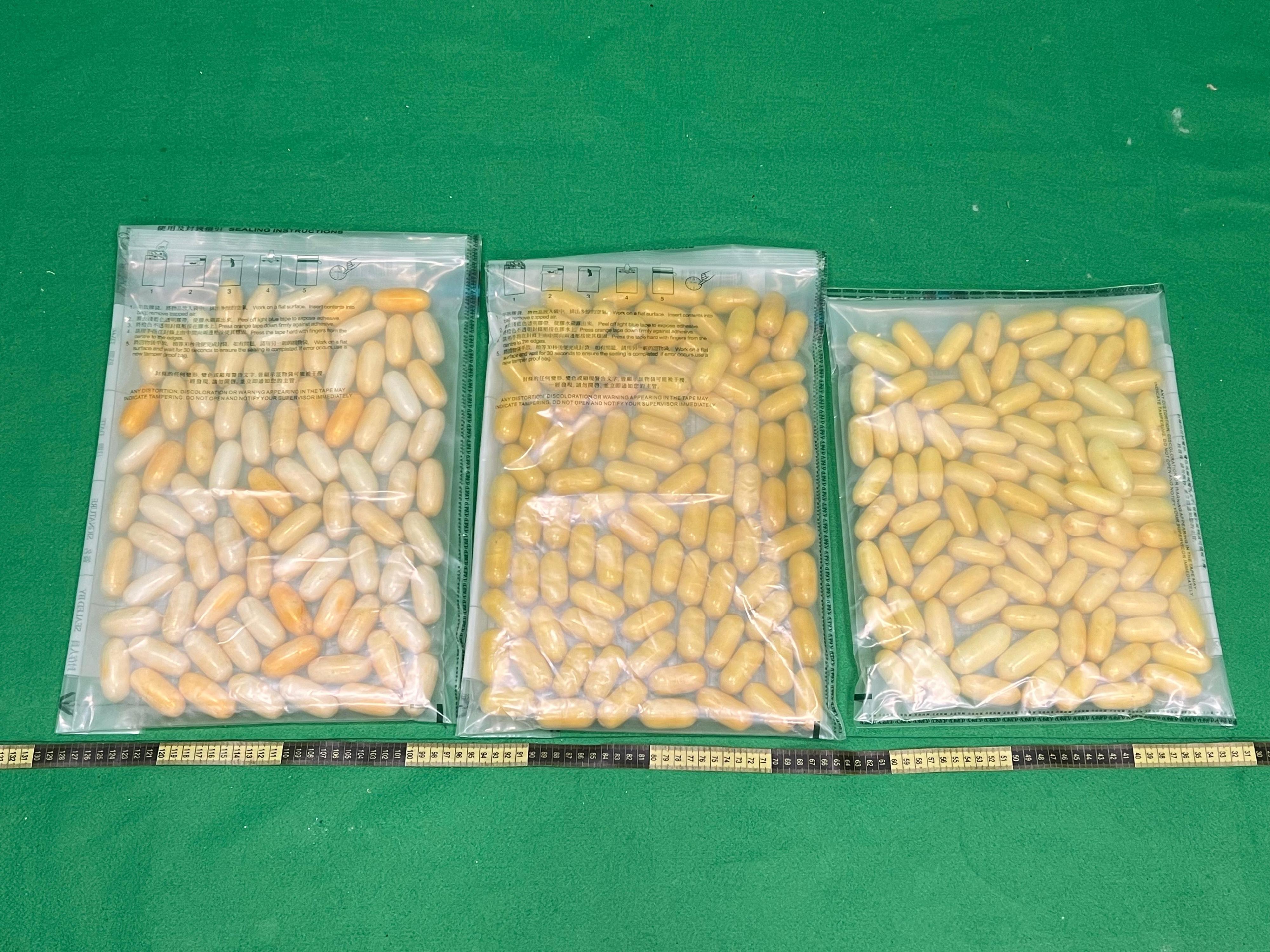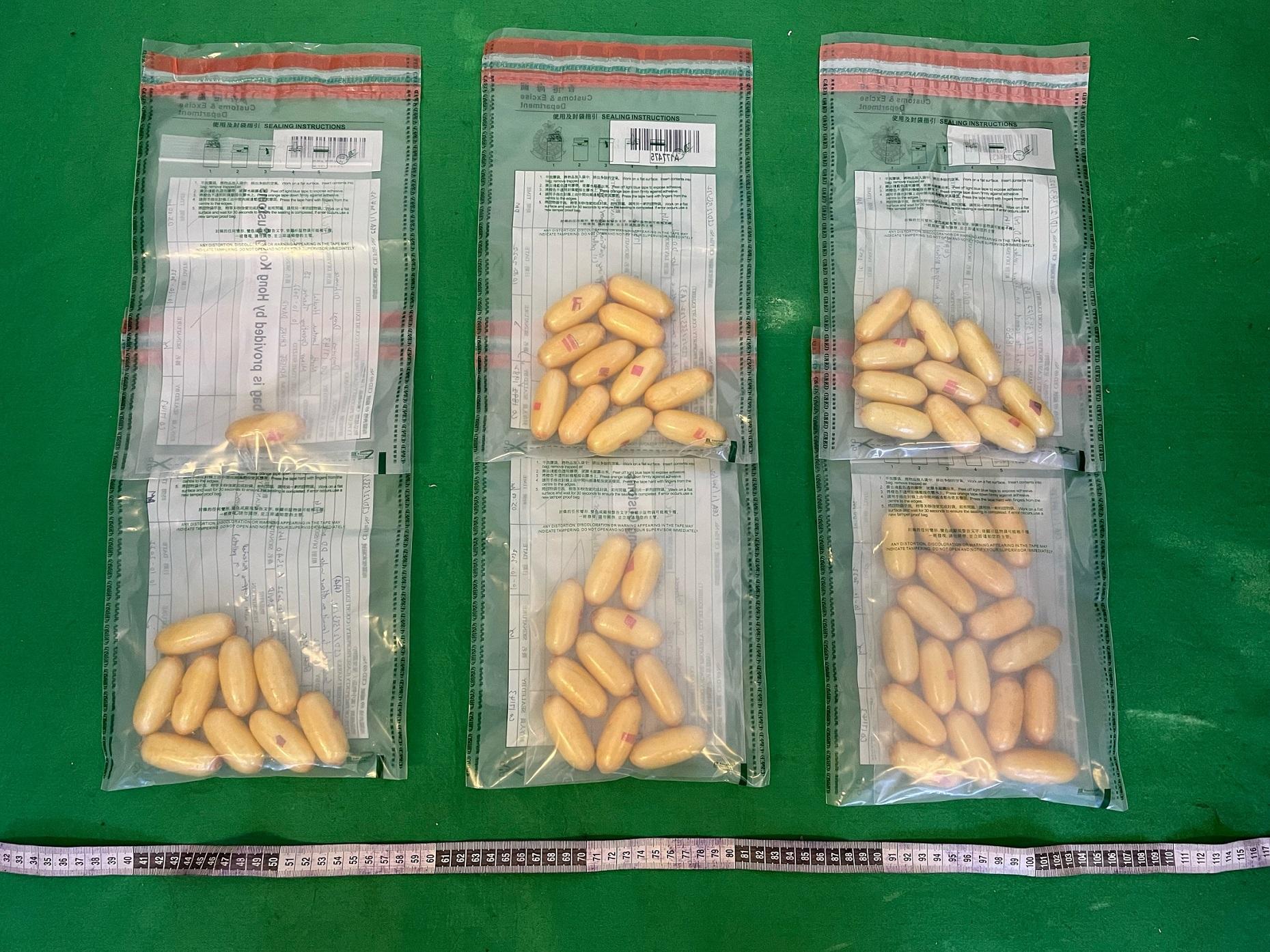How Much Is A Line Of Cocaine - What To Know About The Cost
Thinking about the cost of things, especially when it comes to illicit substances, can be a bit like trying to catch smoke; it's just not fixed. What someone pays for a certain amount of something like cocaine can change a whole lot, depending on many different elements at play. You see, there isn't a single, straightforward price tag you can point to, which makes getting a clear answer feel rather tricky.
When people talk about "how much is a line of cocaine," they're often looking for a simple number, but that's really not how it works. The actual amount of the substance in a single "line" can vary quite a bit from one situation to the next, and so too can the money someone might hand over for it. It's not like buying a loaf of bread where the price is usually pretty set, you know? This kind of thing is much more fluid, so.
We're going to talk about what makes these costs shift, how the amount of the substance itself can differ, and some of the other things that influence its price. We will also touch on what typical amounts might be and why getting a solid figure for "how much is a line of cocaine" just isn't that simple.
- Zach Bryan Ex Rose
- Philip Seymour Hoffman Saturday Night Live
- Patrick Gibson And Maude Apatow
- Plane Crash Honolulu Airport
- Oj Simpson Bruno Magli Shoes Photo
Table of Contents
- What Does a "Line" Even Mean When We Talk About How Much Is a Line of Cocaine?
- How Does the Price of a Line of Cocaine Change?
- From Big Batches to Small Amounts - The Journey of How Much Is a Line of Cocaine
- How Many Lines Can You Get from a Gram of Cocaine?
- Is Any Amount Safe? Thinking About the Dangers of How Much Is a Line of Cocaine
- What Happens After Taking a Line of Cocaine - A User's Perspective
What Does a "Line" Even Mean When We Talk About How Much Is a Line of Cocaine?
When someone mentions a "line" of cocaine, they're talking about a small amount of the substance, usually arranged in a thin strip. But what does "much" truly mean here? Well, the idea of "much" points to a good bit of something, a sizable portion, or to a considerable degree. In this particular context, it points to the quantity of the drug itself, and that quantity can honestly vary a whole lot. You see, there isn't a universally agreed-upon standard for what makes up a single line, so.
Typically, when people talk about the amount of the substance in a line, they're referring to something in the neighborhood of 50 milligrams to 100 milligrams. To give you a rough idea, a milligram is a tiny, tiny measure, so 50 to 100 milligrams is a very small pile of powder. This range means that one person's "line" might be nearly twice as big as another person's, which, as you can imagine, would affect how much of the substance they are taking in, and consequently, the potential impact. It's a bit like pouring a drink; some people might pour a little, others a lot, but they both call it "a drink."
This difference in the actual physical amount is one of the first things that makes figuring out "how much is a line of cocaine" a bit complicated. If the quantity itself isn't fixed, then the price for that quantity can't really be fixed either, can it? It's just a variable that shifts depending on who is preparing it and what they consider to be a standard serving size. This lack of a consistent measure is a key element in why costs are so hard to pinpoint, and why the effects can be so unpredictable, too it's almost.
- Stone Cold At Wrestlemania
- Morgan Wallen Single Than She Was
- Joann Kern
- Chappell Roan Vma Armor
- Vera Wang Weight Loss
How Does the Price of a Line of Cocaine Change?
The money someone might pay for a line of cocaine can shift a whole lot. It's not a simple, set price, but rather something that changes based on several different things. These things all play a part in shaping the final cost, making it quite a fluid situation. You might find a significant difference in price from one place to another, or even from one week to the next, just because these underlying elements are always moving. It's a bit like the cost of fresh produce; it changes based on where you are and what's available, you know?
There are a few key elements that really push the price one way or another. These elements include where you are, how pure the substance is, how many people want it, and how easy it is to get. Each of these plays a very important role in the final calculation. We'll go into each of these points in a little more detail, because they help paint a clearer picture of why the answer to "how much is a line of cocaine" is rarely a simple number. It's really about a combination of these things working together.
Where You Are Matters for How Much Is a Line of Cocaine
The place you are in the world has a really big impact on how much a line of cocaine might cost. Think about it: prices for most things, from housing to food, are different depending on whether you're in a big city, a quiet town, or even a different country. The same idea applies here. In areas where the substance is more common or easier to bring in, the price might be a bit lower. On the other hand, in places where it's harder to get, or where law enforcement efforts are particularly strong, the price tends to go up quite a bit. It's just supply and demand playing out on a local level, really.
For example, a line in a major port city, which might be a primary entry point for such substances, could have a different price tag than the same amount in a remote rural area that's far from any major transport routes. The risks involved in moving the substance from one place to another also get added into the cost, so places with higher risks for those involved in its movement will usually see higher prices. So, when you ask "how much is a line of cocaine," the first thing to consider is often the geographical location.
How Clean It Is Plays a Part in How Much Is a Line of Cocaine
The purity of the substance, or how "clean" it is, also makes a very big difference in its price. When we talk about purity, we're talking about the actual amount of the active substance in a given quantity, compared to other things that have been added in. These added-in things are often called "cutting agents" or "diluents," and they're used to stretch out the product, making a smaller amount of the original substance appear to be a larger quantity. This, of course, means more profit for those selling it, but a less potent product for the buyer, in some respects.
A line of cocaine that has a higher percentage of the actual substance, meaning it's less cut, will typically cost more than a line that's been heavily mixed with other powders. This is because the purer product is closer to its original form, and there's less "filler" in it. Buyers might be willing to pay more for something they perceive as being of better quality, or more potent. So, the question of "how much is a line of cocaine" is also deeply tied to how much of the real stuff is actually in it, which is something you can't really tell just by looking.
How Many People Want It Affects How Much Is a Line of Cocaine
Just like with anything else, if a lot of people want something, its price usually goes up. This is the basic idea of demand. If there's a high level of demand for cocaine in a certain area, sellers can charge more for it because they know people are willing to pay. It's a simple economic principle that applies to all sorts of goods, whether they're legal or not. When many people are looking for it, the value goes up, and that gets reflected in the price tag, you know?
On the flip side, if demand is low, perhaps because other substances are more popular, or there's less interest in general, sellers might have to lower their prices to move their product. So, the number of people seeking out a line of cocaine in a particular place at a particular time can definitely influence what someone might end up paying for it. It's a very direct connection between how sought after something is and its market value, essentially.
If It's Around, It Changes How Much Is a Line of Cocaine
The ease with which someone can get their hands on a line of cocaine, or its availability, is another big factor in its price. If the substance is easy to find, meaning there's a good bit of it around, the price tends to be lower. This is because there's plenty to go around, and sellers might compete with each other, which can drive prices down. It's a pretty straightforward idea of supply; when there's a lot of something, it's usually less expensive, right?
However, if the substance is hard to come by, perhaps due to successful law enforcement actions, disruptions in supply routes, or just a general scarcity, then the price will likely be higher. When something is rare, people are often willing to pay more for it. So, the question of "how much is a line of cocaine" also involves how much of it is currently available in the market. A limited supply almost always means a higher cost for the end user, naturally.
From Big Batches to Small Amounts - The Journey of How Much Is a Line of Cocaine
The price of a kilogram of cocaine, which is a very large amount, changes quite a bit as it moves through its journey from its origin to the person who might buy a single line. When it starts out as a kilogram, which is 1,000 grams, it's typically at its lowest price point per unit. But as it gets passed along through different hands, and as it gets prepared for sale in smaller and smaller amounts, its price goes up significantly. This increase is a result of several steps in the supply chain, you see.
First, the large amount gets broken down. Then, it often gets mixed with other substances, sometimes called "cutting agents" or "diluents." These are added in to make the original amount stretch further, essentially increasing the volume without increasing the actual amount of the active substance. This process of adding in other materials means that what started as a pure kilogram becomes a larger quantity of a less pure product. This step alone increases the profit margins for those selling it, and that cost gets passed down.
Finally, these larger, now-diluted amounts are divided into even smaller portions for getting them out to people who want them. Each time the substance changes hands, or gets broken down and cut, more costs are added on. These costs include the risks involved in moving it, the profit margins for each person in the chain, and the expenses of preparing it for sale in smaller quantities. So, by the time it reaches the point where someone is buying a single line, the price has inflated quite a bit from its original bulk cost. This is a big reason why "how much is a line of cocaine" isn't a simple calculation based on the raw material's initial value.
How Many Lines Can You Get from a Gram of Cocaine?
People often wonder how much actual usable product they might get from a larger amount, like a gram. A gram is a common unit for buying and selling these substances at a slightly larger scale than a single line. If we consider a typical line to be around 50 milligrams, then a gram can yield a fair number of lines. It's a pretty simple bit of math, actually. Since there are 1,000 milligrams in one gram, you can figure out how many 50-milligram portions you might get from it.
So, if someone is making lines that are about 50 milligrams each, they could pretty easily get 20 individual lines out of a single gram. This means that a gram, which might seem like a small amount to some, actually contains enough for quite a few individual uses. This calculation is a basic way to understand the efficiency of breaking down a larger amount into smaller, more manageable portions for sale or personal use. It also shows how quickly a small amount can be distributed, you know?
Of course, this number can change if the lines are made larger or smaller. If someone decides to make their lines closer to the 100-milligram mark, then they would get fewer lines from a gram, perhaps only 10. This again highlights how the definition of a "line" itself influences the overall yield from a larger amount. It's a very direct relationship between the size of the individual portion and how many of those portions can be created from a given quantity, so.
Is Any Amount Safe? Thinking About the Dangers of How Much Is a Line of Cocaine?
When we talk about substances like cocaine, it's really important to remember that even a very small amount can have serious, unwanted effects. There isn't a "safe" dose or a quantity that guarantees no harm. This is a very significant point to keep in mind, because the idea of a "small dose" can sometimes lead people to believe there's no risk involved, which is simply not true. The human body's reaction to such substances can be highly unpredictable, and what might be a small amount for one person could be quite serious for another, in some respects.
To give you a sense of the extreme dangers, it's thought that a minimum amount of 1.2 grams could be deadly for some people. This is not a fixed rule, and some individuals might react very badly to much smaller amounts, while others might tolerate more, but it gives you an idea of the potential for harm. The fact that half a million people end up in emergency rooms each year due to issues related to cocaine use really paints a picture of how risky it can be, even with seemingly small quantities. These visits show the wide range of problems that can happen, from heart trouble to mental health crises.
The unpredictability of how someone's body will react, combined with the varying purity of the substance and the unknown actual amount in a "line," means that every single instance of use carries a very real risk. It's not just about the estimated deadly amount, but about the immediate and long-term harm that can occur at any level of use. So, while we're talking about "how much is a line of cocaine" in terms of cost, it's really crucial to understand the very serious health consequences that come with any amount of it.
What Happens After Taking a Line of Cocaine - A User's Perspective
People who use cocaine often describe a very short-lived period of intense effects, followed by a strong desire to use more. This short duration means that the effects wear off pretty quickly, leading some people to use again sooner than might be advisable for their well-being. One person, for example, mentioned a personal approach where they used to wait about an hour between uses. This waiting period suggests an awareness of the effects and the need for a break, but also hints at the substance's short impact.
However, this same person also noted that they felt it might be better to use two portions at a time and then wait for an hour, if someone truly wanted to space out their uses that much. This particular observation highlights the intense craving and the rapid decline of effects that often push people to use more frequently or in larger amounts than they originally intended. It's a kind of chasing the initial feeling, which is a common pattern for many substances that have a quick onset and a short duration of action. The desire for continued effects can be very powerful, you know?
This kind of experience, where someone feels the need to use more or to use in quick succession, speaks to the nature of the substance's effects and how quickly they fade. It also underscores the potential for developing a pattern of repeated use, as the body and mind seek to maintain the fleeting sensations. So, while the initial question might be "how much is a line of cocaine" in terms of cost, the experience of using it often involves a very different kind of calculation, one based on how long the effects last and the desire for more, actually.
- Parishilton London
- Chris Stapleton Football Picture
- Taylor Swift Security
- Uranus In Aquarius Woman
- Patrick Mahomes And Travis Kelce Burglaries

Opioids may be causing increase in cocaine overdoses | Fox News

Hong Kong Customs and Excise Department - Press Release

Hong Kong Customs and Excise Department - Press Release